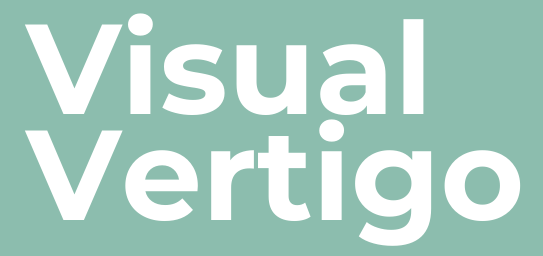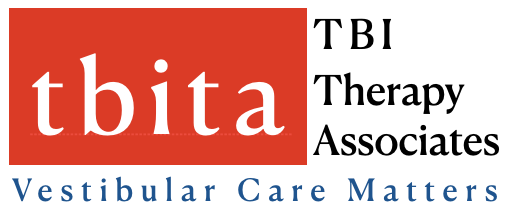Visual Vertigo

Visual vertigo, also known as visually induced dizziness, is characterized by symptoms of dizziness, vertigo, and imbalance that are triggered or worsened by specific visual stimuli or environments. Individuals with visual vertigo may experience disorientation, lightheadedness, nausea, and a sensation of swaying or rocking when exposed to visually complex, moving, or disorienting stimuli.
Triggers
Visual vertigo is typically triggered by visual stimuli or situations that challenge the brain's ability to process visual information and maintain spatial orientation. Common triggers include:
- Busy or Crowded Environments: Such as shopping malls or airports.
- Visual Motion: Like scrolling on a computer screen, watching movies, or using a smartphone.
- Patterned or Visually Complex Environments: For example, busy wallpaper or striped carpets.
- Fast-moving or Rapidly Changing Visual Stimuli: Such as driving or riding in a car.
Visual vertigo often coexists with vestibular disorders like benign paroxysmal positional vertigo (BPPV), vestibular migraine, or vestibular hypofunction. In these cases, visual vertigo may represent a manifestation of the underlying vestibular dysfunction, with visual stimuli triggering or exacerbating vestibular symptoms.
Diagnosis
Diagnosing visual vertigo involves a comprehensive evaluation by a vestibular specialist or vestibular physiotherapist. The diagnosis is based on characteristic symptoms, a thorough medical history, a physical examination, and the exclusion of other potential causes of dizziness and imbalance.
Treatment
Treatment for visual vertigo focuses on managing symptoms, improving function, and reducing sensitivity to visual triggers. Options may include:
- Vestibular Rehabilitation Therapy (VRT): Exercises and manoeuvres aimed at improving adaptation to visual stimuli and enhancing balance and stability.
- Cognitive-Behavioural Therapy (CBT): Techniques to address anxiety, avoidance behaviours, and maladaptive beliefs associated with visual vertigo.
- Lifestyle Modifications: Strategies to minimize exposure to visual triggers, optimize environmental conditions, and reduce stress and anxiety.
Managing visual vertigo requires a multidisciplinary approach. Treatment should be tailored to the individual's specific symptoms, triggers, and functional limitations. Collaboration between healthcare providers, including neurologists, vestibular physiotherapists, psychologists, and other specialists, is essential for optimising outcomes and improving the quality of life for individuals with visual vertigo.
